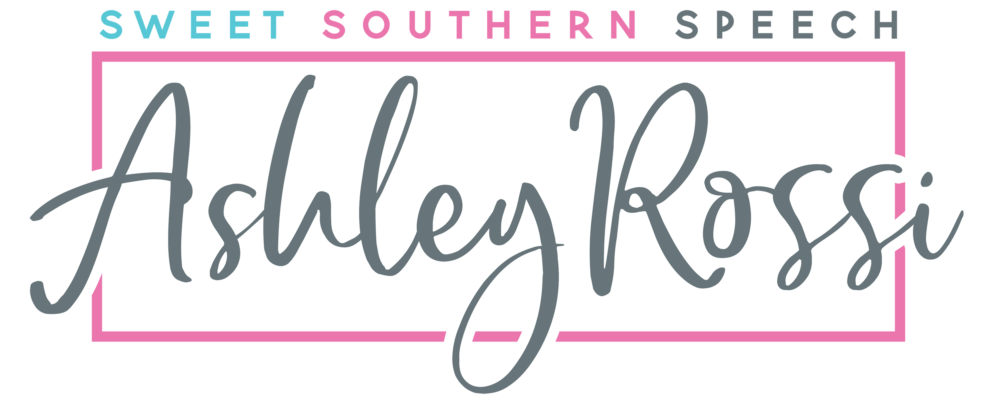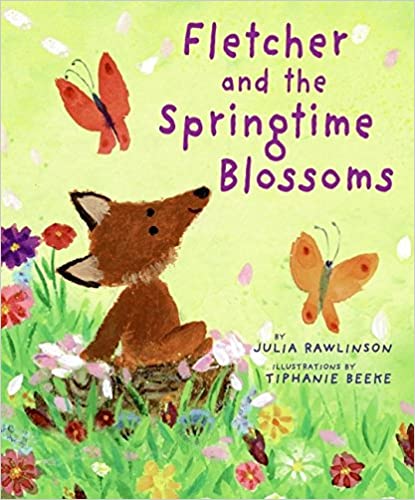Fletcher enjoys the sunny weather and the warmth of spring. But when he stumbles across snowy flakes gently floating to the ground, he spreads the news of winter’s return to all his friends. But spring is full of wonderful surprises for Fletcher and his friends.
This sweet spring book can be used in speech therapy to address social/emotional issues like caring for and helping others, as well as friendship. It is also great for targeting alliterations, sequencing, and predicting! Discover more of the speech and language teaching concepts for using Fletcher and the Springtime Blossoms in speech therapy below:



